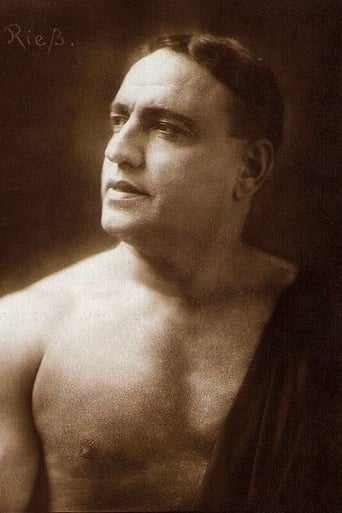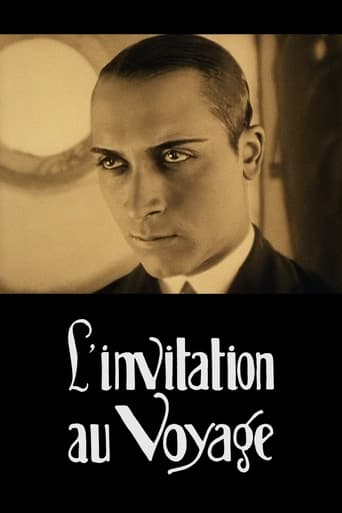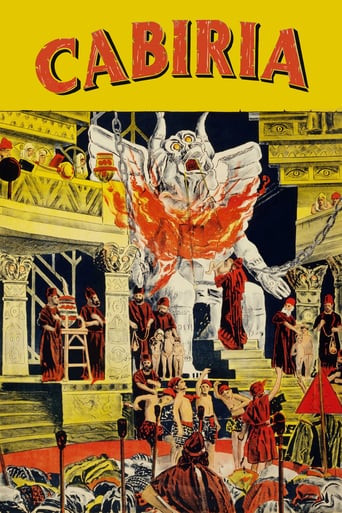
Young Cabiria is kidnapped by pirates and sold as a slave in Carthage. Just as she's to be sacrificed to Moloch, Cabiria is rescued by Fulvius Axilla, a good-hearted Roman spy, and his powerful slave, Maciste. The trio are broken up as Cabiria is entrusted to a woman of noble birth. With Cabiria's fate unknown, Maciste punished for his heroism, and Fulvius sent away to fight for Rome, is there any hope of our heroes reuniting?
Similar titles
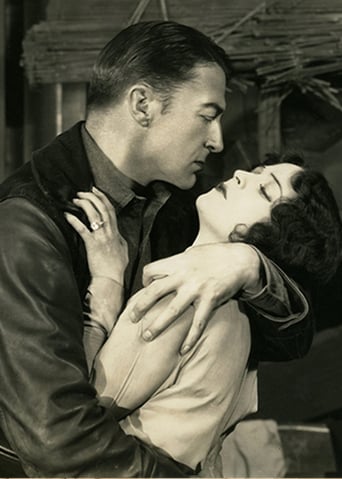
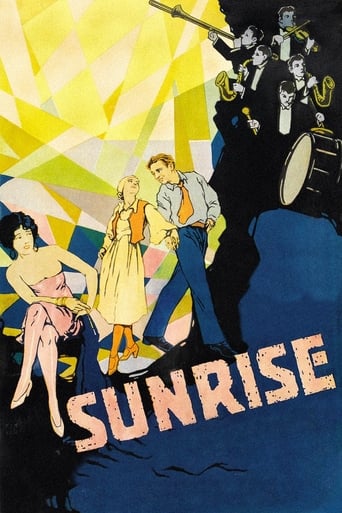


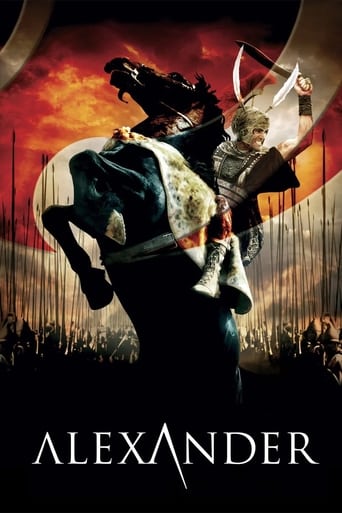
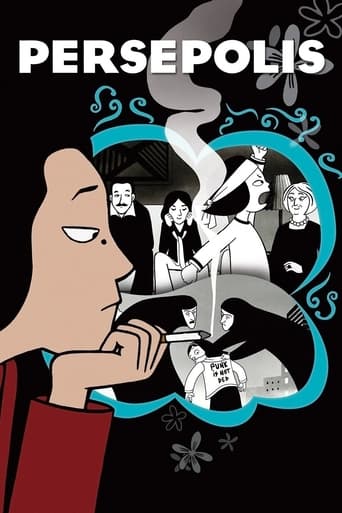
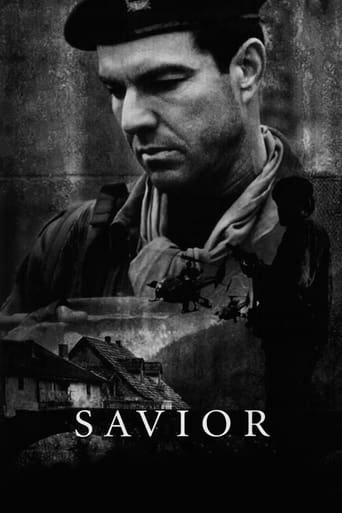
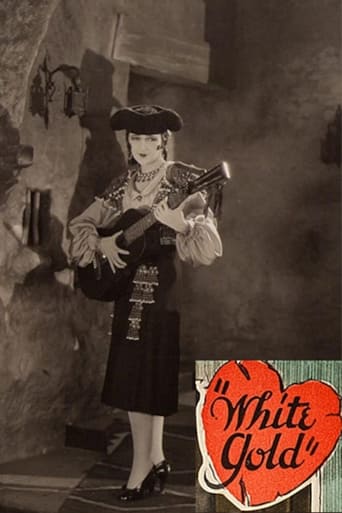

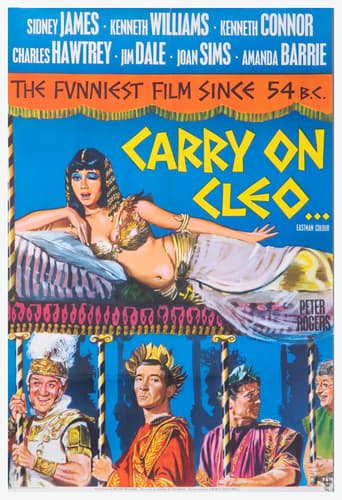
You May Also Like
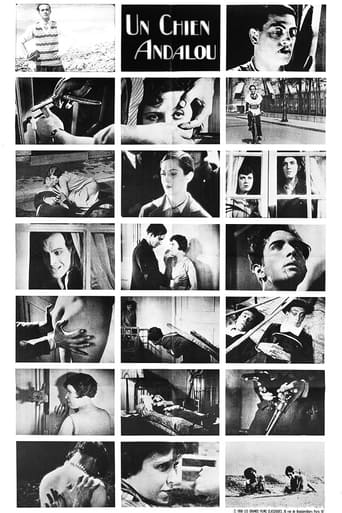
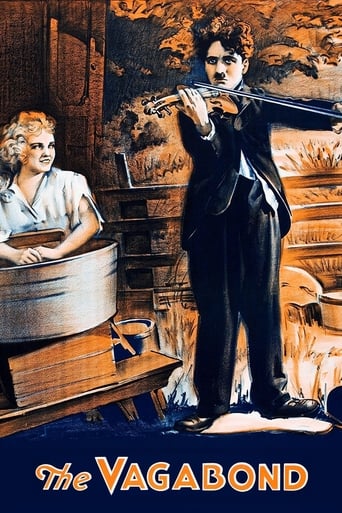
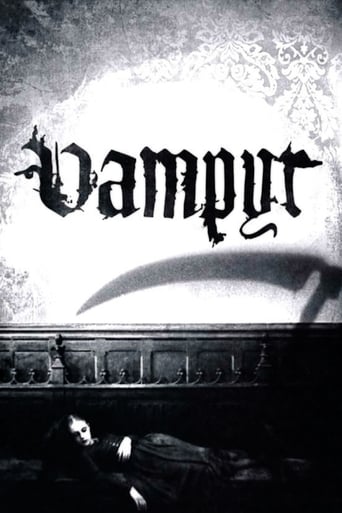

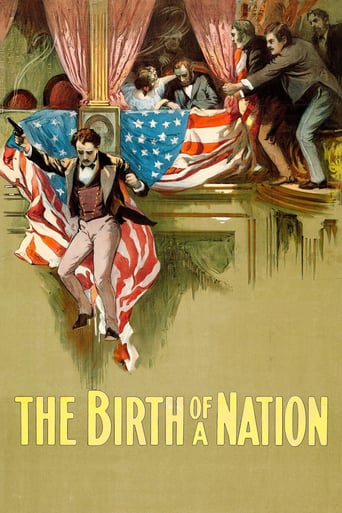
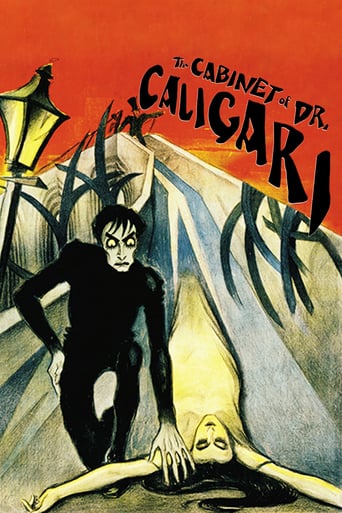
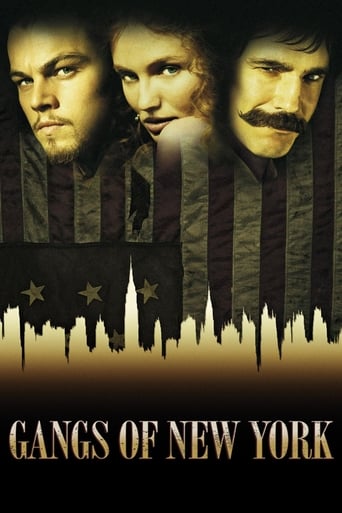
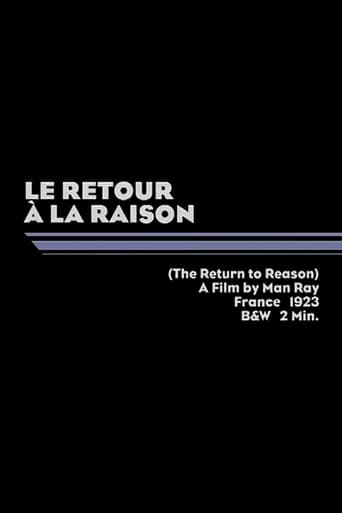

Reviews
Fanciful, disturbing, and wildly original, it announces the arrival of a fresh, bold voice in American cinema.
At first rather annoying in its heavy emphasis on reenactments, this movie ultimately proves fascinating, simply because the complicated, highly dramatic tale it tells still almost defies belief.
I think this is a new genre that they're all sort of working their way through it and haven't got all the kinks worked out yet but it's a genre that works for me.
The joyful confection is coated in a sparkly gloss, bright enough to gleam from the darkest, most cynical corners.
It's amazing how fast cinema progressed--only about twenty years ago, films were new and consisted of no plot at all--not only this, they were only about a minute long each! Now, here in 1914 we're witnessing a 2-hour spectacle by the Italian filmmaker Giovanni Pastrone that is so sophisticated that at times it gets rather confusing. There are a couple special effects here and there as well as great sets and cool costumes, and put together we've got a pretty fascinating film that met with great success.Despite the title, however, Cabiria is certainly not the main focus here; in fact, we don't even see her for half the film. There are all these different story lines that merge into one as the film continues. While very watchable today, some viewers will find it confusing and a bit dull--but that's only because most people can't sit through two hours of silent film. Probably the film's main issue in terms of story-telling is that it is a little hard to follow. We switch locations constantly, and here and there they throw in pieces of history. Closeups are included, but many of the shots are medium length. What really makes it groundbreaking is its use of panning shots. Panning such as this was rarely used even by 1914 and at times we seem to be approaching the characters which is something I believe I've never seen before in the silent era.Cabiria, the young girl of the title, and her nurse, Croessa, are quite happy when a volcanic eruption of Mt Etna occurs which forces the village to retreat. Pirates discover them, they are sent to become sacrifices for Moloche. But, by the help of two Roman spies, Cabiria is saved--and after this little is heard of her. As for the rest of the movie, we've got all these other story lines and then they eventually build up to the finale.Like I said, a tad confusing at times, but amazing for 1914 and you can see what they mean when they say Griffith turned "The Mother and the Law" into "Intolerance". A real step forward in filmmaking.
This was a confusing, yet highly important, one to watch. I have to say that I haven't watched a silent film in a long time so adjusting to the many, many differences was a struggle. I found the captions to be really lacking in clarity. I appreciate the beauty of their writing but I'm not really trying to decode poetry when watching a silent epic, you know? It's not even that, really, it was the constant introduction of new names without describing who they were or what the hell their problem was. I was under the impression that the captions would describe what was about to happen, but really they just introduced it, which meant that I understood a bit of what was happening before their mouths kept moving and their arms started flailing and fights started happening and I was lost again. I definitely wish I had a historian in my room just quietly explaining where these ancient cities were and why everyone was so upset all the time. I could Google it while watching but I have a strict rule against touching my phone while a movie is on. Try to read up on the context surrounding the story before watching if you can.Anyway, the sets were grand even by today's standards and that impressed me a lot. Even the special effects they utilized were outstanding, because at that time in cinema, they weren't special effects as much as they were visual tricks that the filmmakers had to figure out and pioneer on their own essentially. I really liked the Maciste character and I wasn't surprised to find that he was extremely popular when this movie came out, too. The naked children everywhere and live birds flying around a set that is actively crumbling and in flames was bananas! It made me wonder how many people/animals died on sets back before there were regulations. The story had many complexities to it and that was cool. It definitely deserves it's title as an epic. It is not an easy watch, but it is a worthwhile one. No doubt it was piloted by a strong plot. I agree with the many others who have said that this is a must-see for people who truly love film. I definitely recommend it and am happy to have it in my movie collection.
CABIRIA is perhaps the first huge spectacular movie epic and the title of the film is derived from the name of a small girl. The film begins with her miraculous survival from a very realistic eruption of a volcano and takes her on a boat ride to Carthage--Rome's arch-rival during the years of the Republic. Here, she is sold into slavery and is slated to be sacrificed to the evil god, Moloch. The scene of Moloch's temple and the baby-eating idol is truly amazing and horrifying. It must have cost a small fortune to construct. Cabiria is rescued by a Roman spy. However, while she is not killed, she remained a slave for a decade. Eventually, when Rome gained the upper hand in the Punic Wars (with Carthage), Cabiria was saved and everyone lived happily ever after.Now as to why the movie was made in Italy at that particular time, this film came just after Italy successfully attacked North Africa and seized colonies. This film, then, is a sort of justification for this action--as it paints the Carthaginians as baby-sacrificing and evil. Only after the good Romans conquer them is peace and justice restored! This means that this film was one of the earlier propaganda pieces ever put on film and it came out just before the First World War.When you watch CABIRIA, you need to understand the context of when it was made to truly appreciate the film. While the acting might seem over-the-top at times, for 1914 it was a truly amazing film. Never before had a film been so dramatic or had sets to equal this. In fact, the spectacular nature of this Italian film had a strong impact on the films of D. W. Griffith, as it wasn't until 1915 that his huge epic BIRTH OF A NATION and 1916 when INTOLERANCE were released---and they were obviously strongly inspired by CABIRIA. While INTOLERANCE is quite similar to CABIRIA in spots, INTOLERANCE has even grander sets and special effects though the story itself was neither as involving nor as interesting--being muddled quite a bit by having four stories overlapping and the over-the-top moralizing Griffith was known for in many of his films. Instead, CABIRIA is much more straight-forward and interesting storytelling and compares very well to later epics--even some of the sound epics. Sure, by later standards it might seem hokey in spots, but for 1914 it was a huge leap forward in entertainment and is a must-see for all serious film historians.By the way, this review is based on the recent Kino Video restoration. Shorter versions do exist and the Kino version is apparently the closest to the original you can find.
It is a little known fact that the feature film was born in Italy - that is, a film longer than the standard one or two reels in length -ten to twenty minutes. It is the crop of early Italian features, all epics, birthed in 1914, that influenced America's Griffith and DeMille. The length of CABIRIA is staggering - originally 2-1/2 hours in Italy and just over two hours here - considering most audiences were used to sitting and concentrating on a plot for only twenty minutes at most.Were there Oscars then, the extraordinary art direction and special effects would have garnered noms - they are outstanding. The cinematography is unique in using early scanning and dollying techniques heretofore unknown in film. The plot becomes very hard to follow because the title cards are history lessons of alliances and battles that have little meaning for us and often we are aware of the cut 22 minutes in the surviving USA version as symbols and relationships which have great dramatic meaning for the players leave us baffled.The print used by Kino and Grapevine video as well as Turner Classic Movies is impeccable - crystal clear and sharp.For all fans of epic movies and for all film historians, this is a must see.
Top Streaming Movies














